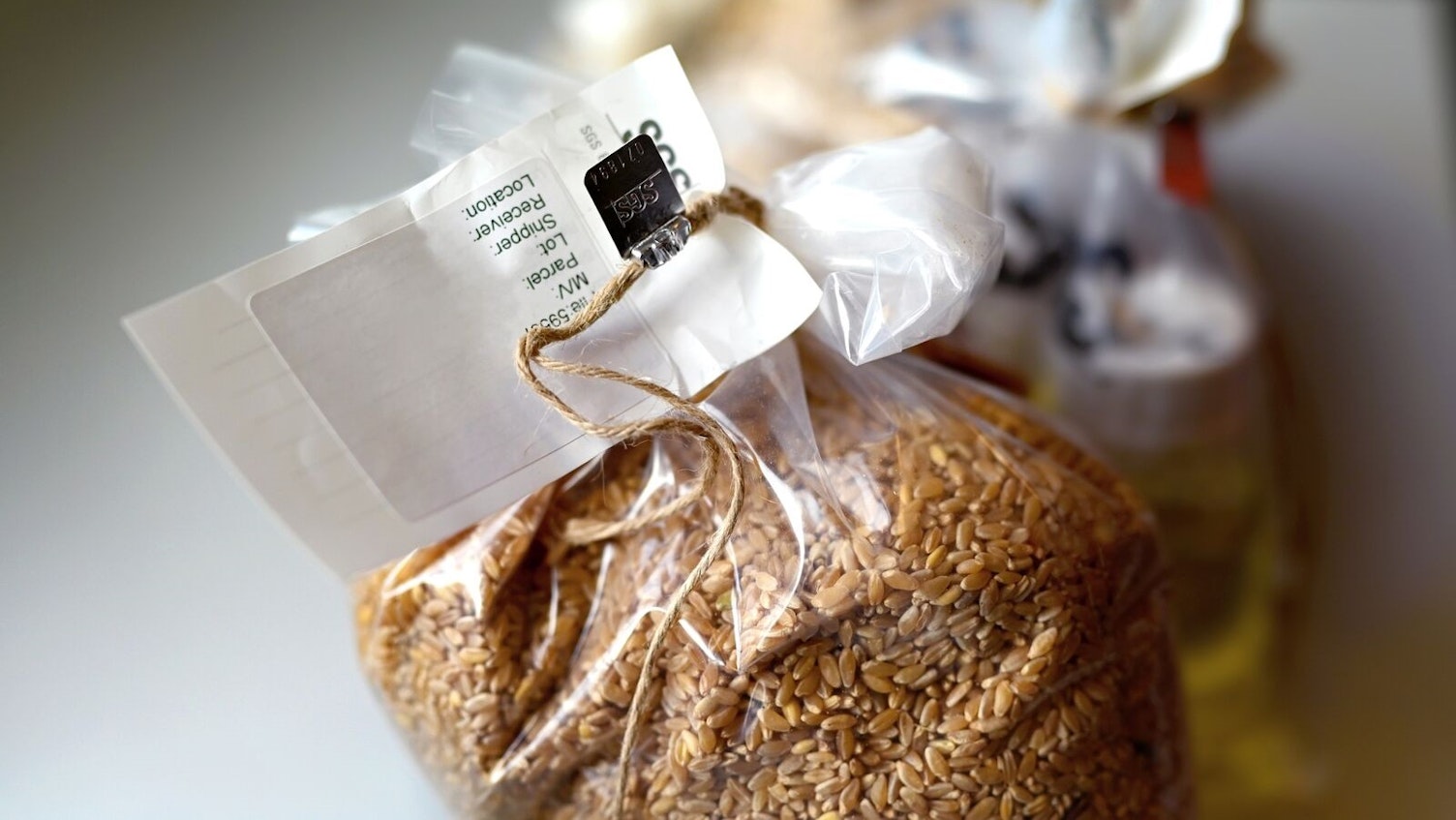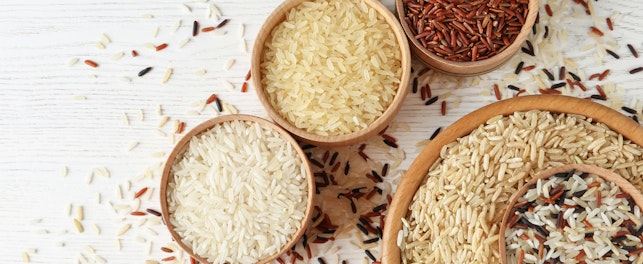In the second of a two part series, Oleg Vladimirovich Fursov, Doctor of Biological Sciences and head of SGS’s laboratory in Kazakhstan, continues his discussion of the situation with our country’s grain harvest, and the problems that can arise during laboratory grain operations and grain inspections.
Increasingly, reports are appearing in Kazakhstan about flour produced from sprouted grain with an increased mycotoxin. How accurate is this information and what risks does such flour pose to the consumer?
We are not aware of cases of the detection of flour with an increased content of myco- or aflatoxins. Monitoring the content of these toxins in both food and feed grains by the relevant organizations is mandatory. If ingested by humans and animals, these toxins cause damage to internal organs (liver, kidneys, etc.).
Is it possible to use problematic grain in feed production or to obtain products of deep processing? What quality parameters and safety requirements should be considered?
As already noted, grain can have varying degrees of germination and fungal diseases. Grain with a low degree of damage, after appropriate processing and with proper control of the content of toxins, can be used in the production of flour mixed with normal grain (emergency control) and feed production.

What problems arise during the inspection of grain export shipments? Which of these happen regularly and which have emerged this year?
It should be noted that each year’s grain has its own characteristics in terms of grain quality and safety. Dry years are characterized by a decrease in natural weight, an increase in the amount of broken grain, weed admixture, etc. The wet periods of the growing season are marked by a decrease in the amount of protein/gluten, the vitreousness of durum wheat, the detection of an increased content of mycotoxins and an increase in drying costs.
Some grain exporters try to save on the services of inspection companies by ordering quality assessments from companies without proper reputation and experience. How great is the risk of obtaining a quality certificate with unreliable data in the current conditions? How often do we receive requests from the CSF for repeated inspection or arbitration?
It should be noted that international and large local inspection companies are equipped with appropriate international-class laboratory equipment, comply with the requirements of international, regional, and national republican standards, and are accredited in both international and republican accreditation systems. Working with these companies helps to minimize the risks to exporters. This year, there are very often discrepancies in the results of determining the number of falls. Some laboratories of elevators, etc. determine this parameter with an unrepresentative amount of ground grain – about 50 grams. All current standards mandate the grinding of at least 300 grams. Such discrepancies in sample preparation lead to significant distortion of the results.

Given the difficulties with logistics and long periods of grain delivery, how often is the deterioration of wheat quality parameters recorded during transportation?
We constantly note a deterioration in quality during the transportation of grain with high alpha-amylase activity (the emergency rate is below 200 seconds). This indicator has a dynamic character. Grain transportation, even without visible signs of germination, but with alpha-amylase synthesis stimulated in the ear, leads to further development of this process during transportation in the warm season, even with grain humidity of about 14%. Accordingly, the state of emergency at the place of arrival becomes even lower. Only a large drying of grain (up to 12% – 13%) can prevent such an impact on its quality.
What measures would you recommend that farmers take to minimize the deterioration of wheat quality in the future?
Farmers should use of seed grain with genotypes resistant to germination in the ear. For the breeding of such varieties, the purposeful work of breeders with state support is necessary. Exporters and traders should decide on their choice of inspection companies in advance.
For further information, please contact:
Gulnara Kasenova
Business Manager
Agricultural Commodities
t: +7 701 748 08 94
About SGS
We are SGS – the world’s leading testing, inspection and certification company. We are recognized as the global benchmark for sustainability, quality and integrity. Our 98,000 employees operate a network of 2,650 offices and laboratories, working together to enable a better, safer and more interconnected world.



